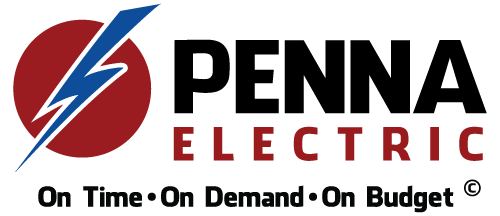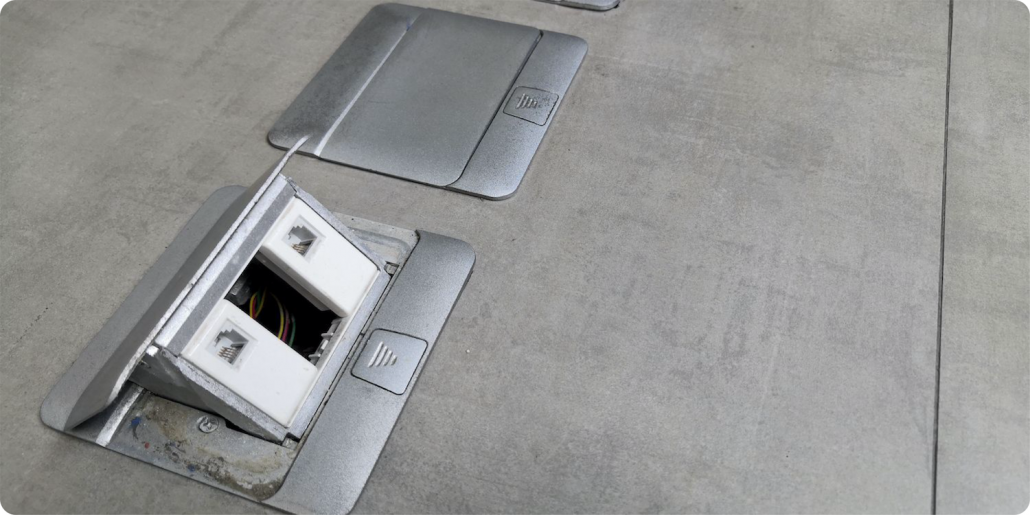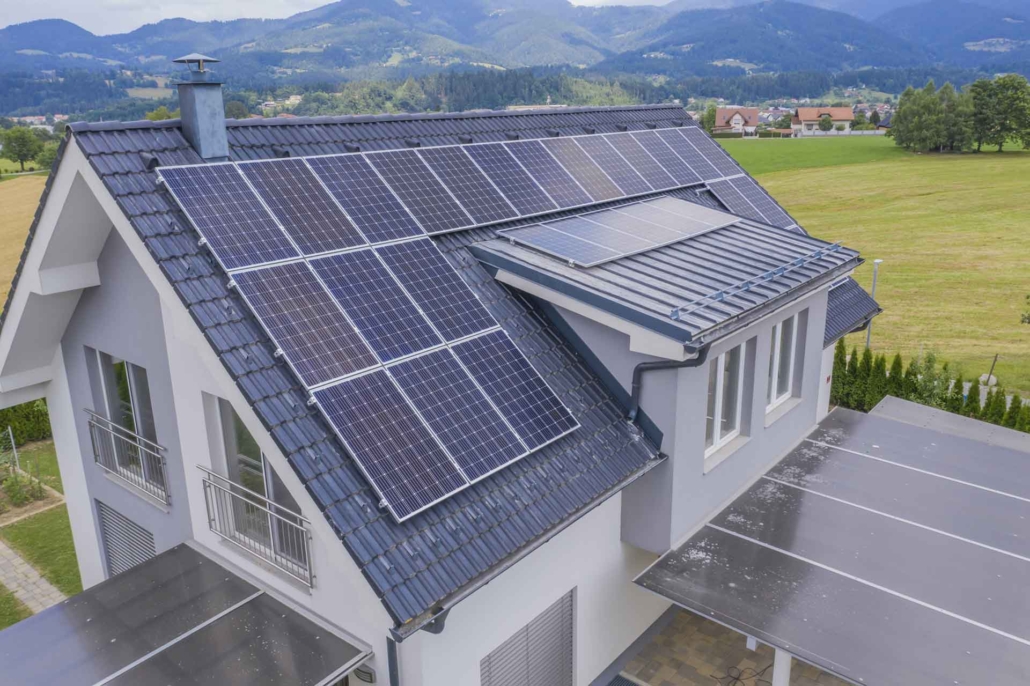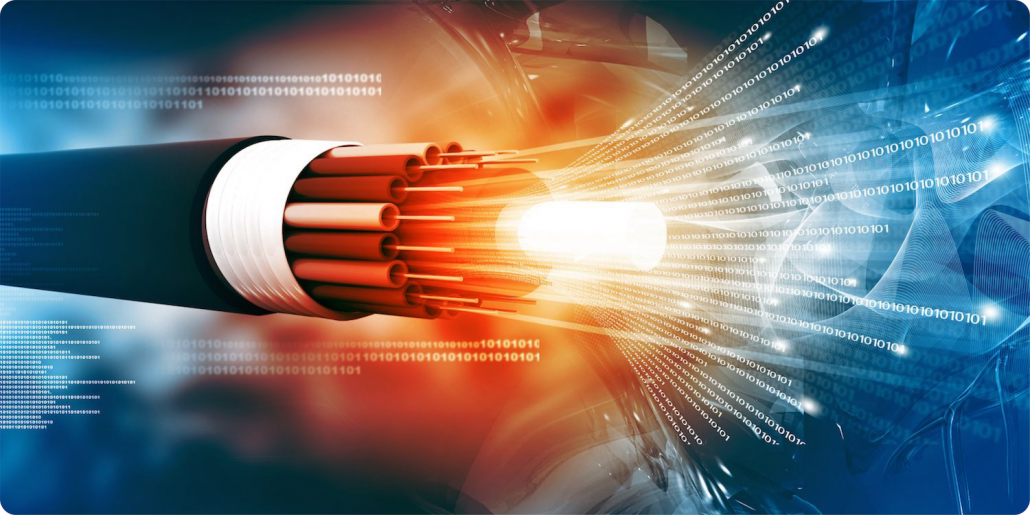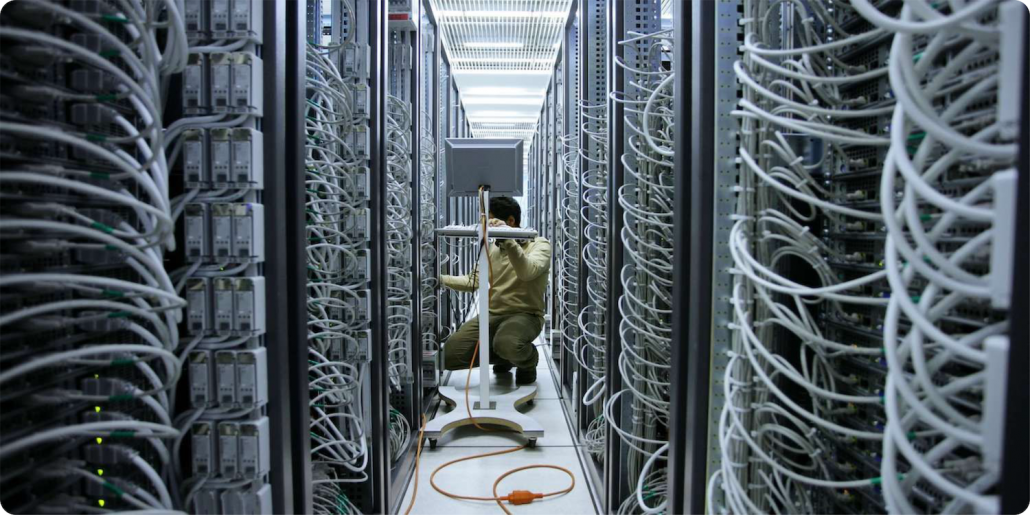April 8, 2021 | Cristina Dinulescu
Commercial properties have different requirements, as well as different needs when it comes to electrical wiring compared to homes and residential buildings. It’s not only that, but when talking commercial, there are also different types of electrical wiring, each appropriate for various applications.
For instance, office equipment and electronics may require different wiring and cable organization than heavy duty machinery or warehouses. In addition to the electricity needs and uses, there are other considerations to take into account when it comes to commercial wiring. One of the most important considerations is safety, as any irregularities in the electrical wiring can put employees at risk and stop business operations.
There are 3 main types of electrical wiring methods in commercial buildings, and below you’ll be able to find the advantages and disadvantages of each.
1. Raceways & Conductors
Just like with residential properties, commercial wiring is governed by the NFPA 70: National Electrical Code, specifically Chapter 3 of the code. The NEC Article 300, entitled General Requirements for Wiring Methods and Materials, governs all wiring installations, with the exception of any modifications by other articles in Chapter 3. The requirements include protection against physical damage, securing and supporting the installation, minimum cover for underground installations, and many more such aspects.
The raceway and conductor method is one of the most common types of electrical wiring. It involves either a metallic or a nonmetallic conduit or tubing with multiple insulated phase. Depending on the NEC requirements, as well as on the applicable method, it can also consist of an equipment ground conductor. Each installation is made based on the property’s own specifications and design plans.
THHN/THWN (thermoplastic high heat-resistant nylon jacket/thermoplastic heat and water-resistant nylon jacket) or XHHW (XLPE high heat-resistant and water-resistant) in copper or aluminum are the most common types of conductors. Copper is usually specified for branch circuits, while aluminum is typically specified for feeders.
When it comes to type of raceways, the most common ones used in commercial applications are:
- RMC – stands for rigid metal conduit, and it’s also known as RGS or GRC, a galvanized steel conduit with a thick wall and zinc exterior coating that’s used in applications where maximum protection against physical damage is required;
- IMC – stands for intermediate metal conduit, a thin-wall version of the RMC that features a corrosion resistant coating on the interior and a galvanized exterior;
- FMC – stands for flexible metal conduit, and it comes in multiple types of metal and wall thickness;
- EMT – stands for electrical metallic tubing, the most common raceway in commercial construction, a threadless steel tubing with thin walls that has galvanized exterior and corrosion resistant interior.
- PVC – stands for rigid polyvinyl chloride conduit, available in several types, but mostly used as either Schedule 40 or 80, which refers to the thickness of the wall, for underground applications directly buried or concrete encased.
Raceways are different from cable trays. The latter are in fact a structural system that’s used to manage cables and mechanically support them.
Advantages of Raceways & Conductors | Disadvantages of Raceways & Conductors |
| It allows changes in circuit configuration to some extent | Installation costs are usually high |
| IMC, RMC & EMT can be used in places subject to physical damage | It allows for a limited number of bends before requiring a junction box |
| Raceways can be easily used for remodel work | Installation can be more difficult compared to cabling systems because of more rigid routing requirements |
| Raceways can be abandoned where the conductors are removed from the installation | Type PVC has several limitations in terms of applications |
| PVC underground installations are inexpensive | Some types cannot be installed in locations subject to physical damage |
2. Busways
Busways are another type of electrical wiring for commercial applications. It is sometimes called a bus duct. A busway is defined as a metal enclosed raceway with bus bars that are factory-mounted. Usually, there are 2 types of busways: feeder style or plug-in style. These configurations can have insulated conductors or bare ones.
There are four main advantages of using busways as a wiring method:
- large ampere rating availability, anywhere between 60 and 4,000 Amps;
- compact size compared to multiple conduits for the same load;
- flexibility to add and change load takeoffs with plug-in busways;
- less impact from total voltage drop with bus duct applications.
As with all other wiring methods, there are also disadvantages when it comes to using busways:
- if many elbows and offsets are required, installation costs can go quite high;
- cannot be used in locations subject to physical damage;
- for vertical applications, there is limited space for bus plugs;
- can fail if there are water leaks in the building;
- high short-circuit current available on the bus duct.
3. Cable Assemblies
A manufactured cable assembly is another common type of electrical wiring. It consists of multiple conductors, both insulated phase and neutral, with an insulated and/or bare equipment grounding conductor. The latter is wrapped and enclosed in a metallic or nonmetallic sheath.
You can find manufactured cable assemblies as standard products, but you can also custom order them with specific conductor configurations. The standard assemblies usually come with THHN/THWN or XHHW-2 (copper or aluminum) conductors. The most common types used in commercial buildings are:
- Armored cable (type AC) – the set features a metallic sheath of either steel or aluminum armor, the sheath being also used as a ground path. It’s typically used for branch circuit connections between luminaires and power receptacles.
- Metal-clad cable (type MC) – a set of conductors within a metallic sheath of either steel or aluminum interlocking armor, but the sheath is not used as a ground path in this case. For direct burial or wet location, MC is available with an outer PVC jacket.
- Mineral-insulated, metal-sheathed cable (type MI) – a set of copper conductors within a seamless copper sheath with a magnesium oxide insulation. It’s used for specialized applications such as compliance with NEC 700 emergency systems.
- Nonmetallic sheathed cable (types NM, NMC, NMS) – also called Romex, a set of conductors assembled within a nonmetallic, PVC-insulated sheath with a nylon jacket. It generally has a bare copper grounding conductor.
- Service-entrance cable (types SE, USE) – a set of conductors with an outer PVC jacket, assembled within a nonmetallic sheath with cable reinforcement. It can be used for service drops to a meter pedestal, but also as a distribution feeder to a branch circuit panelboard.
- Underground feeder and branch-circuit cable (type UF) – a set of conductors generally used for outdoor direct burial feeders, as well as branch circuits to detached garages. The set features a nonmetallic sheath with PVC insulation and a nylon jacket contained within a gray PVC outer jacket.
Advantages of Cable Assemblies | Disadvantages of Cable Assemblies |
| Installation cost is generally lower | Need to be supported and secured at shorter spacing |
| Installation time is faster | No changes after installation |
| No limit for the number of bends | Cannot be installed in locations subject to physical damage |
| Assemblies are factory-tested | Cannot be abandoned within building construction |
| Type MI is fire resistant | More planning is required during cabling procurement |
The right electrical upgrade can dramatically improve the value and appearance of any home or business. You’ll be amazed at what a difference the right electrical upgrade can make for your home or business. Make sure that when you select an electrical company to do the enhancement of your home and you have decided to take your enhancement to the level where you require an electrical upgrade that the technician at the company has a good working knowledge and the experience to properly guide you in this area.
When you decide to upgrade, our well-trained and certified electricians have all the experience and training needed to complete your electrical panel upgrade project from start to finish, with a minimum of fuss or disturbance. Please contact us right away at 310-800-2401
